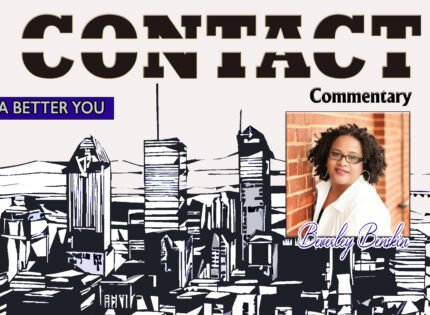 Yes, entire generations have come of age with little understanding of proper hat protocol…
Yes, entire generations have come of age with little understanding of proper hat protocol…
Hats and caps are staying on in more places these days.
Have the ‘dos’ and don’ts” of headwear devolved to meet the expectations of an all-casual, all-the-time generation?
I am penning this inquiry in the hope that male readers would respond, thereby updating me as to current social mores and etiquette pertinent to the vexing practice of wearing hats and caps indoors.
What is the contemporary etiquette in men’s headwear, as nowadays there does not appear to be much order when it comes to hats and caps.
Knowingly, the world has gone casual over time, but have we gone too casual, bordering on disrespect.
Throughout the course of history hats have identified social standing and removing a hat was a gesture of respect. Men removed their hats as soon as they crossed the threshold of a house or public building, and always if in the presence of a lady. There were rules to follow and if you did not then people knew immediately you were not an upstanding member of society.
On the other hand, ladies were completely exempted from “hat rules”, wearing them whenever and wherever they wished, removing it only if it obstructed someone’s view. It seemed like a good and practical policy back then; so why is it still not?
Hats are no longer the essential article of clothing they formerly were, but they are still worn for fashion and function by both sexes. Nevertheless, knowing when to remove a hat is as equally important as wearing the right hat for the occasion.
Basically put, hats come with a complex etiquette.
Have you noticed how often men, both old and young alike, wear their hats (including baseball caps) indoors while dining, even at functions, seemingly unconcerned about the old sartorial practice of removing hats once indoors?
I was told way back when that a hat was indicative of someone being in transit. Hence, wearing a hat inside showed that you did not plan on staying, or have not the slightest desire to be there, somewhat similar to wearing a coat in a place where you do not want to be so that you can get out of there faster.
Undoubtedly, hat etiquette has disappeared in this new millennium. Gone, perhaps never to return, are the days when a man learned the art of doffing his hat, slightly lifting the hat off his forehead when greeting a woman. Tipping of the hat is a conventional gesture of politeness, and this custom shares the same origin as military saluting, which came from the raising of the face visors of medieval Knights to show goodwill.
Knights would be considered aggressive or unfriendly if they did not show their smiling face to the public, so in order to give everyone a look at their heroic grin, the visor would be lifted.
Times have changed and well-intentioned rules have become relaxed and abandoned altogether, however I will never accept that just because a good custom has been cast aside, one should give up on restoring it.
A few members of the opposing or opposite sex have bombarded me with the question: why should a man be bareheaded while a woman may wear a hat?
The changed attitudes around gender roles and the casualization of dress need to be carefully considered in responding to sartorial rules.
I was raised in the era when the ‘No Hats’ inside rule was strictly enforced, now it is so entrenched in my psyche that when someone contravenes this etiquette guideline, it feels and looks so wrong – like snow in summer.
I have raised my children with the same guidelines and they know that they and their friends must never wear hats or caps indoors. Rules aside, I’m of the firm belief that there is a psychological notion of taking a hat off indoors to bear oneself truthfully or equally to others in the room – no obstruction to eye contact.
Guys, before you begin to put heads together towards capping a concerted response, please note that while the hat storm rages there are exceptions to the “hats off indoors” rule – It is not necessary for a man to remove his hat in places where he does not seat himself, such as grocery stores, shops or markets. Individuals with certain health conditions that result in hair loss, or require having their heads covered, are not expected to remove a hat.
The pervasive lack of respect for protocol is also evident in learning institutions. Standards for dress, behavior, consideration and just plain common courtesy have corroded in the elementary grades for example.
This corrosion of standards was agonizingly painful to me when I recently attended a school function. I could not believe how many men, young and old alike, were wearing baseball caps.
Call me mean plain but baseball caps are for baseball games and other sporting events. They do not belong at school performances. Attention should be drawn to standards of dress that adults and children alike should know and observe. My take is that too many people in positions of change miss the opportunity to teach acceptable standards of public decorum to students or adults.
Sad but true, there was a time when almost everyone knew the rules governing hats. The hat renaissance is creating a predicament of men and boys who grew up without being taught and learn hat-wearing etiquette from their fathers.
Yes, entire generations have come of age with little understanding of proper hat protocol.
While more casual rules are being followed today, it is appalling that older folks who remember traditional customs, and those who honor the tradition of hat removal, wearing a hat indoors is viewed as disrespectful.
Societal standards for etiquette have grown too lax, with manners, civility and respect for decorum all values of the past. In place of standards, anything goes.
Hats Off!
I remain an advocate for a more civilized directive.














